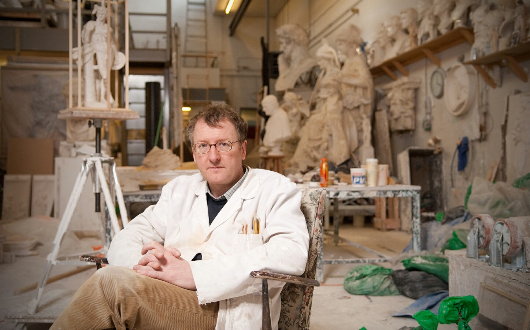
Immaculate Conception
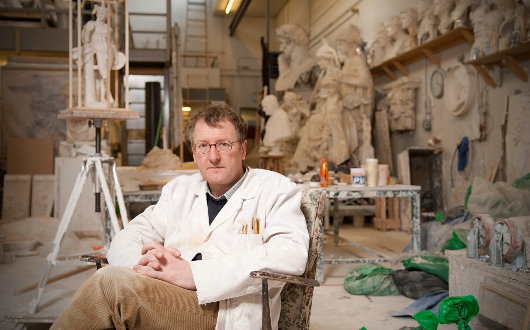
Last week I attended a lecture given in Blackfriars, by Sandy Stoddart, the Sculptor in Ordinary to the Queen in Scotland. It had the curious title “The molten calf and the contemporary art world”. Stoddart, whose workshop is based in the University of the West of Scotland in Paisley (near Glasgow), is a neoclassical style sculptor who has created works such as the statues of David Hume and James Maxwell in Edinburgh, as well as other public art and sculpture. Stoddart promotes the idea of public sculpture as a celebration of our heroes, and says such art should be there to embody our ideals and remind us that whatever the fashion of the moment, our lives are shaped by more enduring achievements. Stoddart is outspoken on modern art, particularly a tendency amongst the art establishment to destroy or make a mockery of the neoclassical tradition. It is easy enough to produce work which might be awarded the Turner prize (below). It is extraordinarily difficult to make a figure like David Hume wearing a toga, with only the pose of the figure perched on the plinth and finer details of the statue telling us the story behind it. Did Hume ever wear a toga? No. But that’s not the point. Just as we think of someone we know without seeing a photograph of them, we remember people close to us in a particular way that might not be an exact resemblance. It is however difficult to sculpt someone wearing a toga, and it requires an extraordinary amount of skill in clay craft and sculpture technique to make it work.
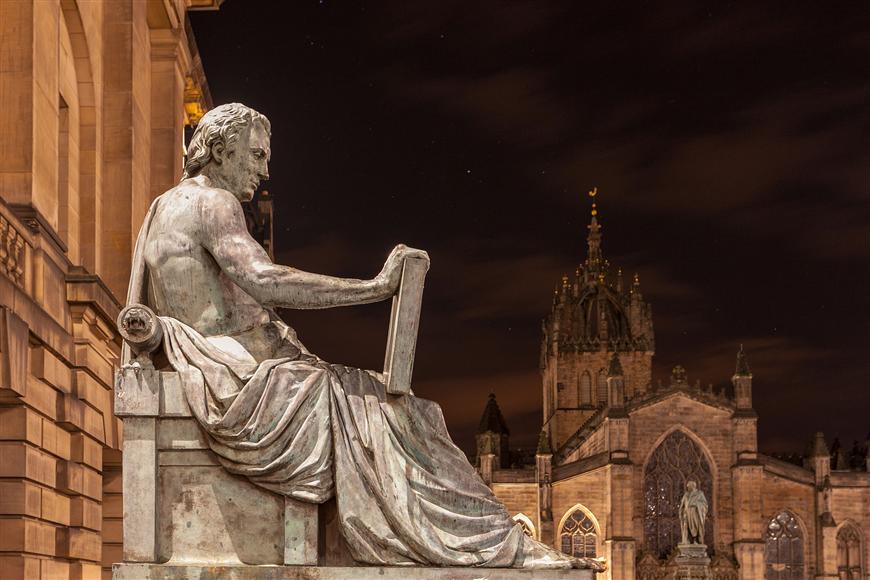
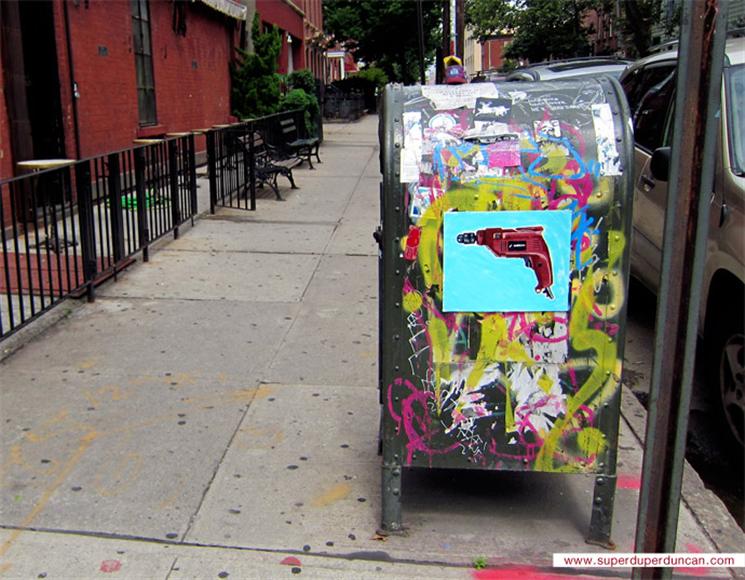
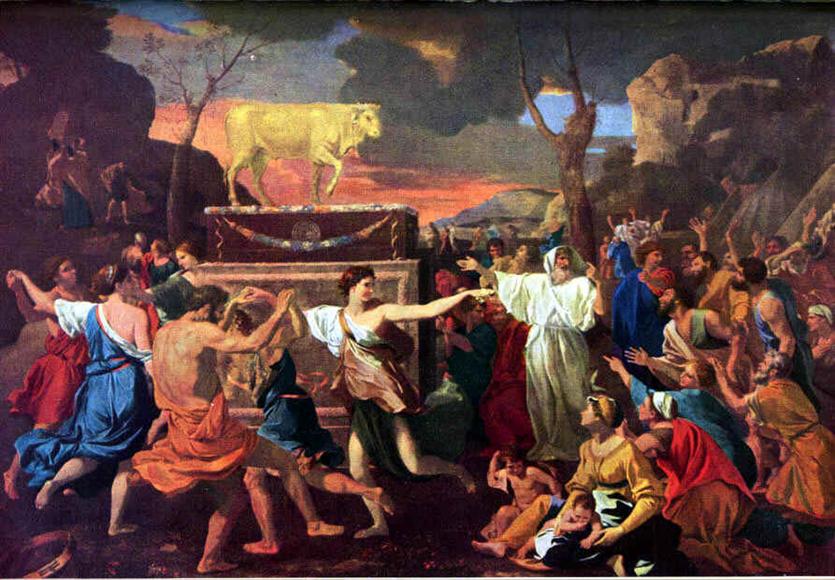
Although the golden calf was a statue and ‘graven image’ of an idol, the Catholic Church from an early stage specified that it is good and acceptable to adorn our homes with statues and holy things. Sandy Stoddart’s main point of the lecture, was that art which embodies our ideals and exhibits a perfect state which we can aspire to, contradicts the primacy of nature. Unfortunately there seems to be an inner human instinct to destroy public art displayed for this purpose. Think of the ‘IS’ islamists blowing up the ancient mosques and churches they didn’t like. Or the Taliban dynamiting the ancient Buddhist statues in the desert wilderness. And the abandonment of the sacred in Christian churches, replacing religious imagery with pebbles, rocks and plant pots.
And herein lies the challenge. Where a sculpture, painting, and so on might cause us to be captured – it stirs our soul. Throughout human history, there is a tendency to deface and destroy things which hold a certain stillness that grab the viewer’s attention. We have seen this in the past, for example in the iconoclastic period of the reformation, where Statues of Mary were obliterated, ornate carvings chiseled out of churches, rood screens dismantled and burned, and priceless stained glass windows smashed apart. Sandy claims that artists, musicians and creative types like him, are fighting against a tide. Nature would rather we did not explore the works of art which make us stop and think, and introduce something wonderful to us, something we cannot immediately understand.
What is it about humanity which sees this resistance to a style of art which makes us stop and think? Statues, paintings or buildings which we can look at and see the truth and beauty which lies in the artist’s work? Sandy’s point was that art which contradicts the primacy of nature, seems to be vulnerable to an inner human instinct to destroy it. Today’s feast is of the immaculate conception of the Blessed Virgin Mary, the doctrine that the mother of Jesus was born without sin. I saw this statue of Our Lady of Aberdeen in the Notre-Dame-du-Finistère church in Brussels, on a visit this summer. The statue was sent from Scotland to Belgium in 1625, probably to save it from destruction during the reformation.
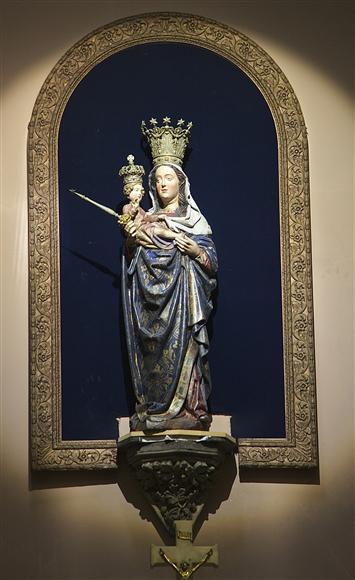
Sorry, the comment form is closed at this time.



A Website Visitor
Good evening, I would like to ask your permission to use this photo of Our Lady of Aberdeen for a book on Marian titles that I am preparing.